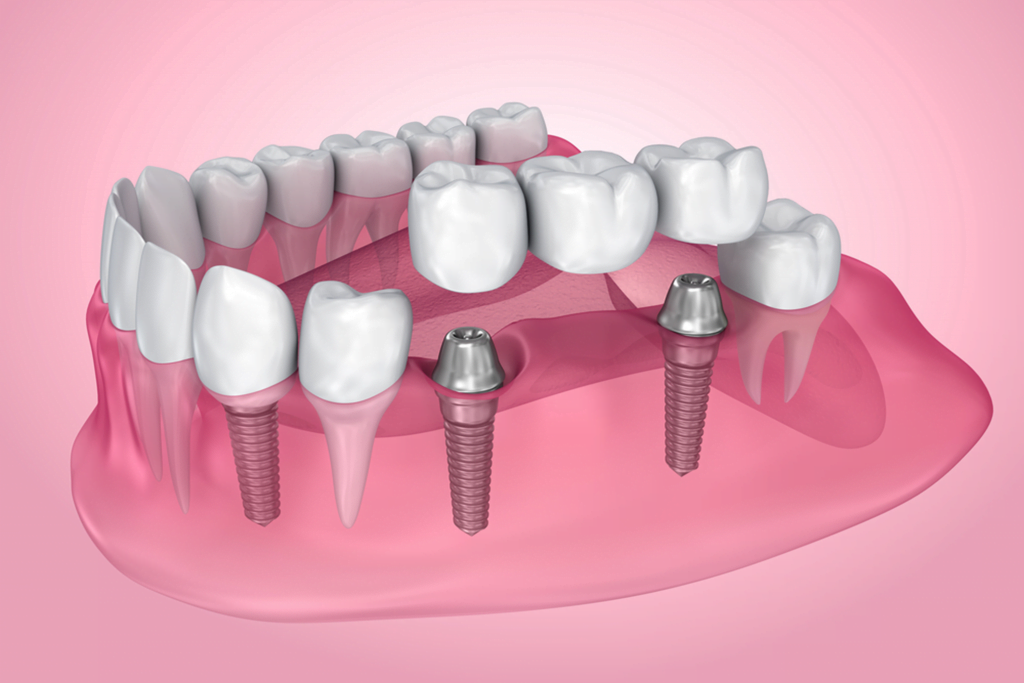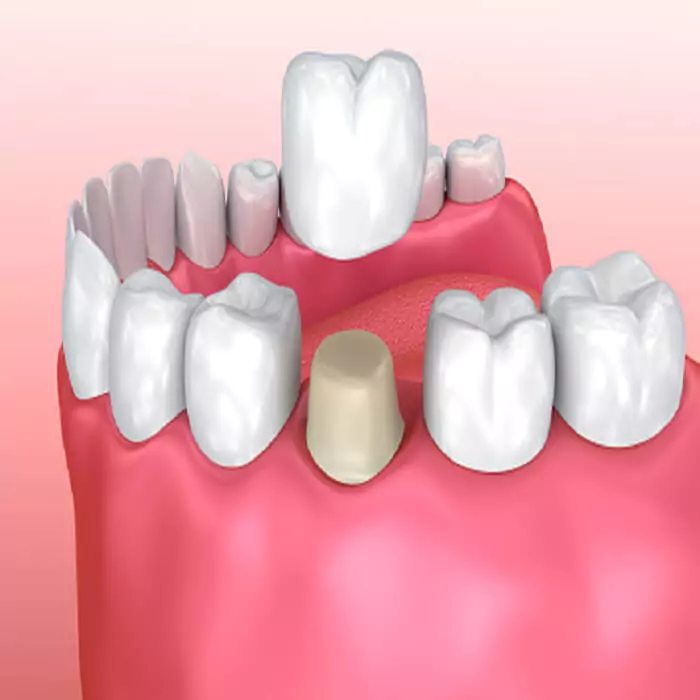
Shopping cart
Subscribe to out newsletter today to receive latest news administrate cost effective for tactical data.
2478 Street City Ohio 90255
- Phone: 77 999 833 29
- Email: info@tinypearls.in
Subscribe to out newsletter today to receive latest news administrate cost effective for tactical data.
2478 Street City Ohio 90255
Root Canal Treatment, often called RCT, is a specialized dental procedure performed to save a tooth that is severely damaged or infected. Inside every tooth, there is a soft tissue known as the pulp, which contains nerves, blood vessels, and connective tissues. This pulp plays a vital role during the tooth’s development, but once the tooth is fully formed, its function becomes limited. When the pulp becomes infected due to decay, trauma, or repeated dental procedures, it causes pain and can spread the infection to surrounding bone and tissues.
During an RCT, the dentist carefully removes the infected or inflamed pulp, cleans and disinfects the canals inside the tooth, shapes them properly, and fills them with a biocompatible material called gutta-percha. Finally, the tooth is sealed and often restored with a crown to provide strength and prevent future damage.
Simply put, RCT is a tooth-saving treatment. Instead of extracting a problematic tooth, the dentist treats and preserves it, ensuring patients can chew, smile, and speak comfortably without losing their natural teeth. It is considered one of the most reliable and effective dental procedures worldwide.


There are several reasons why dentists recommend crowns and bridges:
A tooth that has undergone Root Canal Treatment becomes fragile. A crown protects it from fracture.
Severely decayed or broken teeth that cannot be restored with a simple filling require crowns for strength.
Even small cracks allow bacteria to enter and infect the pulp.
Discoloured, misshapen, or badly aligned teeth can be corrected with crowns.
Large fillings that weaken a tooth’s structure are reinforced with crowns.
Dental implants need crowns placed on top to function as natural teeth.
Essentially, crowns save weakened teeth, while bridges replace missing ones. Both treatments not only restore oral function but also maintain facial structure and prevent long-term complications like jawbone loss or bite problems.
There are specific conditions where crowns or bridges become the most suitable treatment options.
You May Need a Crown If:
You May Need a Bridge If:
Signs That Suggest Crowns/Bridges May Be Needed:
Dentists usually conduct a detailed examination with X-rays and sometimes scans to determine whether crowns or bridges are the most suitable option. The treatment is planned considering the tooth’s health, gum condition, bone strength, and patient expectations.
Like many dental procedures, crowns and bridges are surrounded by misconceptions. Let’s clear them up:
By addressing these myths, patients can make informed decisions about restoring their smiles with confidence.
Crowns and bridges are time-tested dental solutions that play an essential role in restoring oral health, functionality, and aesthetics. A crown acts as a shield for a weakened tooth, giving it strength, protection, and a renewed appearance. A bridge fills the gap caused by missing teeth, ensuring proper chewing, speech, and alignment.
Modern materials and digital dentistry techniques ensure that crowns and bridges are comfortable, durable, and blend seamlessly with natural teeth. Far from being painful or inconvenient, the procedures are straightforward and highly successful, allowing patients to regain confidence in their smiles.
If you have a broken tooth, have undergone root canal treatment, or are living with missing teeth, consulting your dentist about crowns and bridges is a step toward better oral health. With the right care, these restorations can last for many years, offering not just functional benefits but also the priceless joy of smiling without hesitation.
